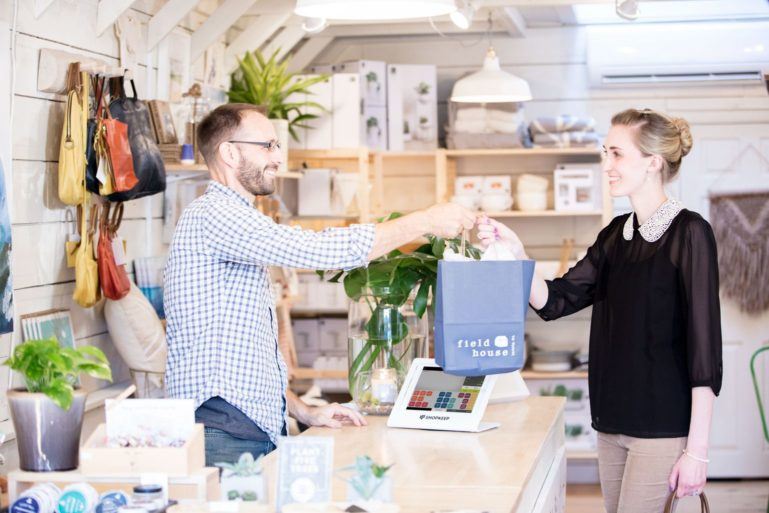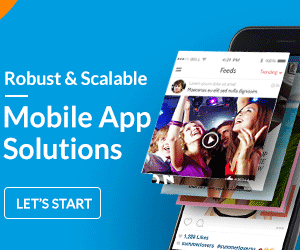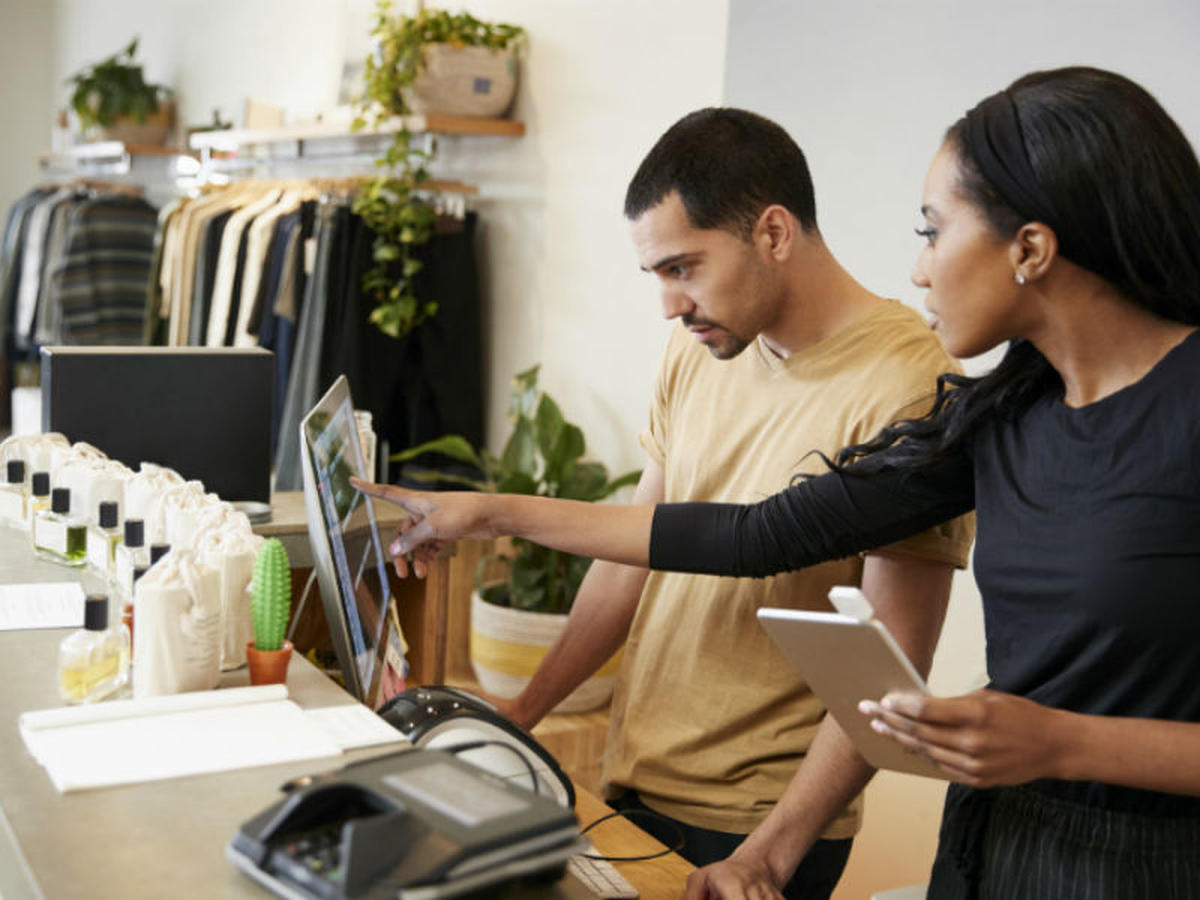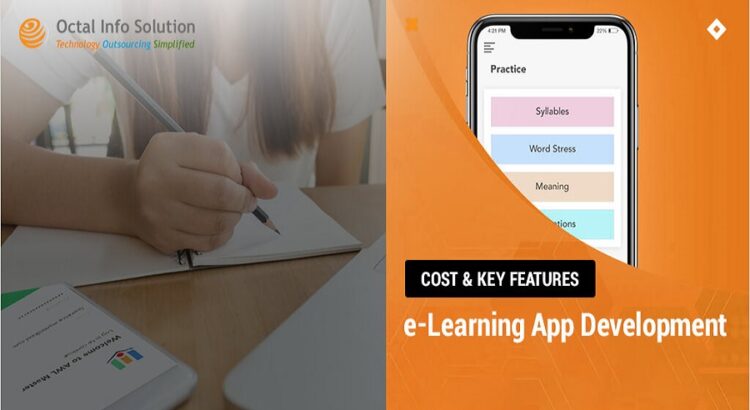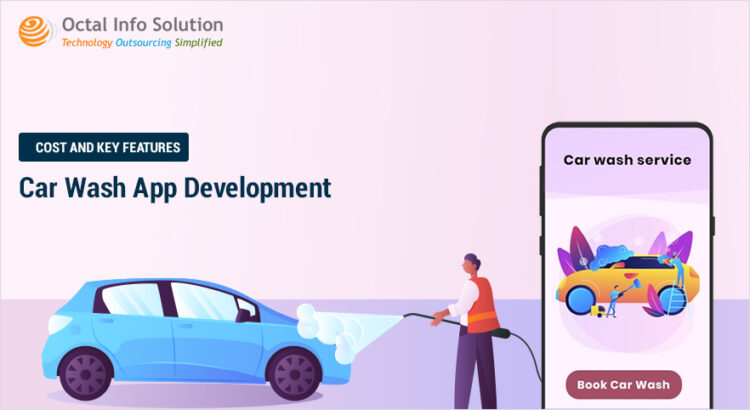If you think about the retail industry, you’d probably be on the side of the vast majority of people who think the whole shopping experience is online. The mere idea of physical stores may seem outdated or, at the very least, obsolete, especially when compared to the convenience of shopping with one’s own smartphone. However, you would be wrong to assume that the physical stores are decaying.
In fact, recent results indicate that 90% of all retail sales in North America are in physical stores. Moreover, it is estimated that over the next five years, this percentage will only decrease by 10%. This means that in-store retail is still important. Naturally, store owners are on the lookout for new consumer trends and are using development services companies to bring new technology to the table and redefine the retail experience.
In fact, new technologies offer innovative opportunities for retailers to meet the needs of consumers by offering them a more convenient and sophisticated shopping experience. In this context, software development plays a crucial role, as it helps to reshape the stores around the world.
How to go about it?
A new experience for new trends: There is a powerful reason why retailers enter into partnerships with software development outsourcing companies to bring their technology innovations to their stores. Indeed, many things are to be modernized in the retail industry. This is especially true when we consider the new consumer trends that are apparent throughout this industry.
In-store recovery: Even online marketers love to touch and feel what they buy. That’s why many consumers take advantage of the opportunity to order online to pick up the item later in a real store. This is both a challenge and an opportunity. First, retailers must be prepared to offer a seamless “omnichannel” experience where online and offline shopping is the same. The trend is also an opportunity to engage online customers in a physical setting and encourage them to continue buying.
Ubiquitous kiosks: People are becoming more and more used to doing things themselves, even when they shop at retailers. That’s why there is an increase in the number of automated kiosks that can provide quick solutions to customers without the need for additional staff. Self-service checkouts are among the most popular kiosks with customers for one reason: they make the shopping experience fresh, fun and simple.
Automated Support: A technology increasingly used by retailers is increasingly seen in fashion stores – touch screens. Almost always located in fitting rooms, they allow customers to scan items to check prices and inventory, search for matching items or accessories, search for different colors and styles, and even find a seller. The idea is to use technology to bring new opportunities and solutions to the customer, improving comfort.
These are some of the biggest trends in retail today, for one very specific reason. They bring the shopping experience to a whole new level, where customers have more space to decide on their purchases while reducing the stress of locating items, finding out more about them or locating inventory. For businesses, these trends represent the ideal opportunity to outsource the development of bespoke digital solutions that can respond to these trends in the most personalized way.
State-of-the-art Technologies to Redefine the Retail Experience
In addition to trends that are for the most part a reality at present, retailers also use different models of software outsourcing to hire developers who work with advanced technologies. In this way, they can use some of today’s greatest technological breakthroughs to benefit their physical stores. Here are some of the technologies they use for this purpose.
Augmented reality: One of the most impressive aspects of this technology is that it allows retailers to use their environment to introduce their customers to things that are not even available in stores. One of the best examples is Zara’s use of storage spaces that, when engaged through the retailer app, feature new collections that come to life on seemingly empty mannequins. In addition, the app offers more information about the items and even offers to complete the complete style with other items that may well marry those that are displayed.
Artificial Intelligence, Machine Learning, and Big Data: The combination of these three great technologies can offer tons of opportunities not yet detected by retailers. Thanks to them, a company can gather important information about its customers and their buying habits, from socio-demographic factors to particular purchases. Thus, through data analysis and machine learning, retailers can detect and anticipate potential fluctuations in demand for a particular season, adjust prices, prevent stock-outs, offer new business opportunities and more again.
Mobile Development: Almost everyone who enters a physical store does it with a smartphone. Retailers can quickly gain an advantage by using push notifications with special offers for a very limited time or depending on the specific actions of consumers. For example, a retailer may offer free Wi-Fi in exchange for some personal data that may be used later for marketing purposes, or place QR codes in all stores to engage with them more meaningfully.
Technology at the Service of a Better-Organized Retail
Finally, a better retail experience would not be complete without a significant improvement for the business owners themselves. While big data can provide suggestions for new business ventures, there are other ways that software development can help them significantly. This is especially true when it comes to management systems in different areas. Thus, a retailer can greatly benefit from a centralized system from which he can manage the entire purchasing process for his customers.
In other words, retailers can work with development departments to create a platform that links specific customer information to their buying habits, makes suggestions on items of interest to them, and integrates them into a marketing program. In addition, the same system could provide access to vital areas, such as inventory management, inventory monitoring, and outlets. The fundamental purpose of using technology for in-store retailers is to enhance the overall experience of all participants.
That’s why software developers are using all kinds of new technologies to offer new features that are not only consistent with what you imagine as part of the traditional retail experience, but also to create the experience retail of the future.



